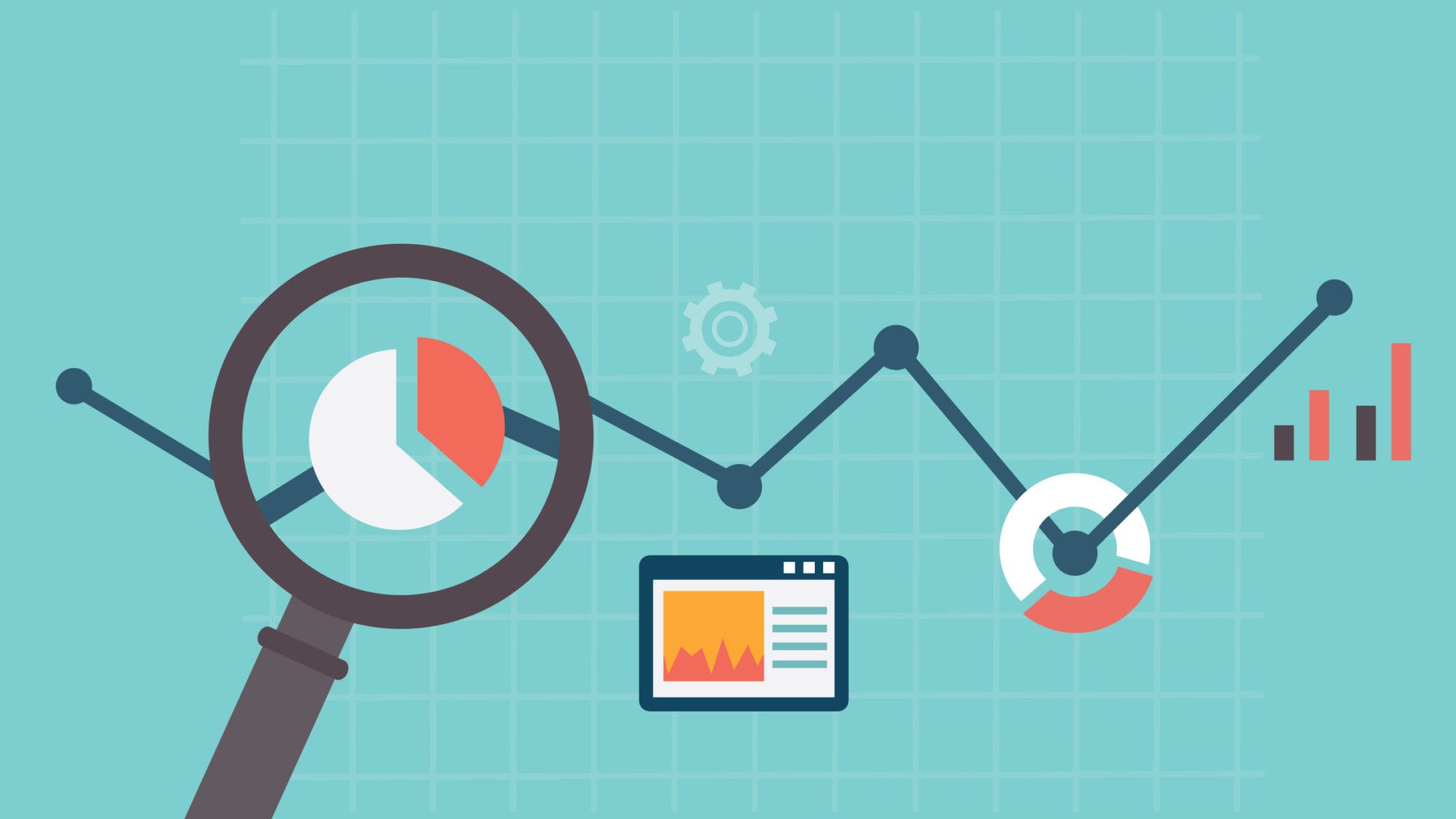
The top 10 stories from Endpoints News in 2018
We’ll end this year with a look back at the 10 stories our audience found most interesting, based on web traffic. It’s always fascinated me …
Sign up to read this article for free.
Get free access to a limited number of articles, plus choose newsletters to get straight to your inbox.